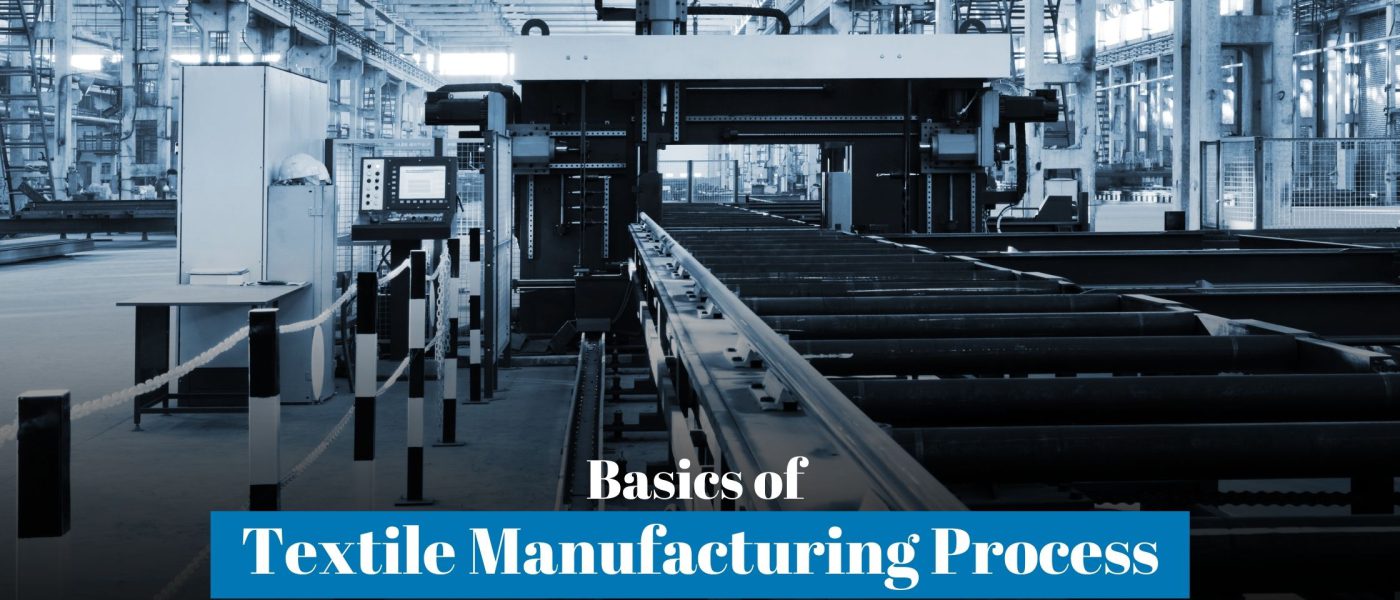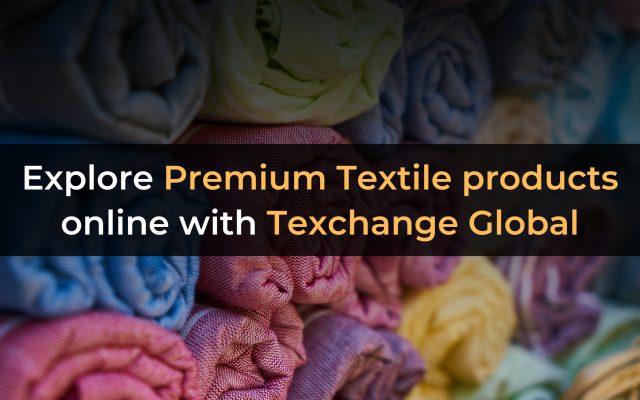Acquiring a solid grasp of the basics of textile manufacturing is beneficial for making informed choices while engaging in the online buying and selling of cotton fabric online through TEXchange. The term ‘textile,’ originating from Latin and French, originally referred to woven fabrics.
However, as the textile industry evolved, it now broadly encompasses staple or filament fibers, yarns, fabrics, and the manufacturing of woven, knitted, tufted, and non-woven fabrics. This understanding becomes particularly valuable when dealing with the online marketplace for cotton fabric
The Manufacturing Process of Textile Products
When it comes to the textile manufacturing process, the final product’s property, characteristics, and activity differ from others, even if they all originate from the same raw material. It is because of the unique chemical building blocks or monomers used in creating them.
The Fiber is Formed by Structuring their Molecular Chain
Like all other substances, textile fibers are also formed by structuring millions of individual molecules. Each long chain of the molecule will have a discrete chemical structure. The property of fiber takes its shape with the orientation and arrangement of these molecules and the morphology of the fiber.
Fiber can be obtained in two ways: Naturally, in fibrous forms via animals and plants, or Artificially, by regenerating the raw material obtained from nature through chemically processing them into polymers. Short-length fibers are called staple fibers, while long-length fibers are called filament fibers.
Yarn is Formed by Changing the Shape of Fibers
Textile yarn is the basic property or element of textile products. It is a continuous fiber strand formed by assembling fibers with substantial length and cross-section.
Yarns are classified into Spun yarns and Filament yarns.
Spun yarns are made from staple fibers, including natural fibers like cotton, jute, and linen. They are spun mechanically using a tight-twisted technique that interlocks the fibers, producing long threads of yarn.
Filament yarns are chemically spun using wet, dry, or melt spinning techniques. All synthetic fibers are regenerated as filament yarns, which are further classified into monofilament (twisting single filament) and multifilament (spinning many filaments together).
Yarns can be spun conventionally or non-conventionally. The conventional technique involves the following operations: detangling and loosening yarn fiber, carding, combing, drawing and drafting, and roving.
Non-conventional spinning is a mechanical process that involves rotor spinning, water jet, and air-jet spinning, friction spinning, self-twist spinning, and electrostatic spinning.
If you are planning to buy cotton fabric material online, work with a natural yarn manufacturer.
Fabric is Produced for Different Apparel Manufacturing
Fabric is produced by knitting, weaving, tufting, plaiting, braiding, or non-weaving. Weaving is the most widely used fabric production process, followed by knitting.
Weaving
In the weaving process, warp and weft yarns are placed together in a loom to make a woven structure. By altering the placement and threading of warp and weft yarns, along with the loom harness, different weaving designs and patterns can be produced, such as twill, rib, satin, dobby, pile, jacquard, leno, and gauze.
Knitting
In the knitting process, two or more yarns are interlocked in loops – one running crosswise and the other lengthwise. Knitted fabrics are stretchable in comparison to woven fabrics.
These two comprise the woven textile fabric production processes.
The non-woven textile production method is classified under the non-conventional process, which is widely classified into two groups, felts and bonded. Felts are categorized into needle and wool felts, while bonded is further classified into adhesive, melt blown, thermal, and spun.
The basic operation in the non-woven fabric construction involves fiber preparation, web formation, bonding, dyeing, and printing.
Finally, the fabric is treated with special solutions and chemicals along with dyeing and printing processes based on the garment manufacturer’s requirement.
Once the fabric is produced, fashion brands and clothing manufacturing companies can buy Buy Fabric Online from India from TEXchange hassle-free. TEXchange is the world’s fully-automated, digital textile trading platform for buying fabric online in India.




